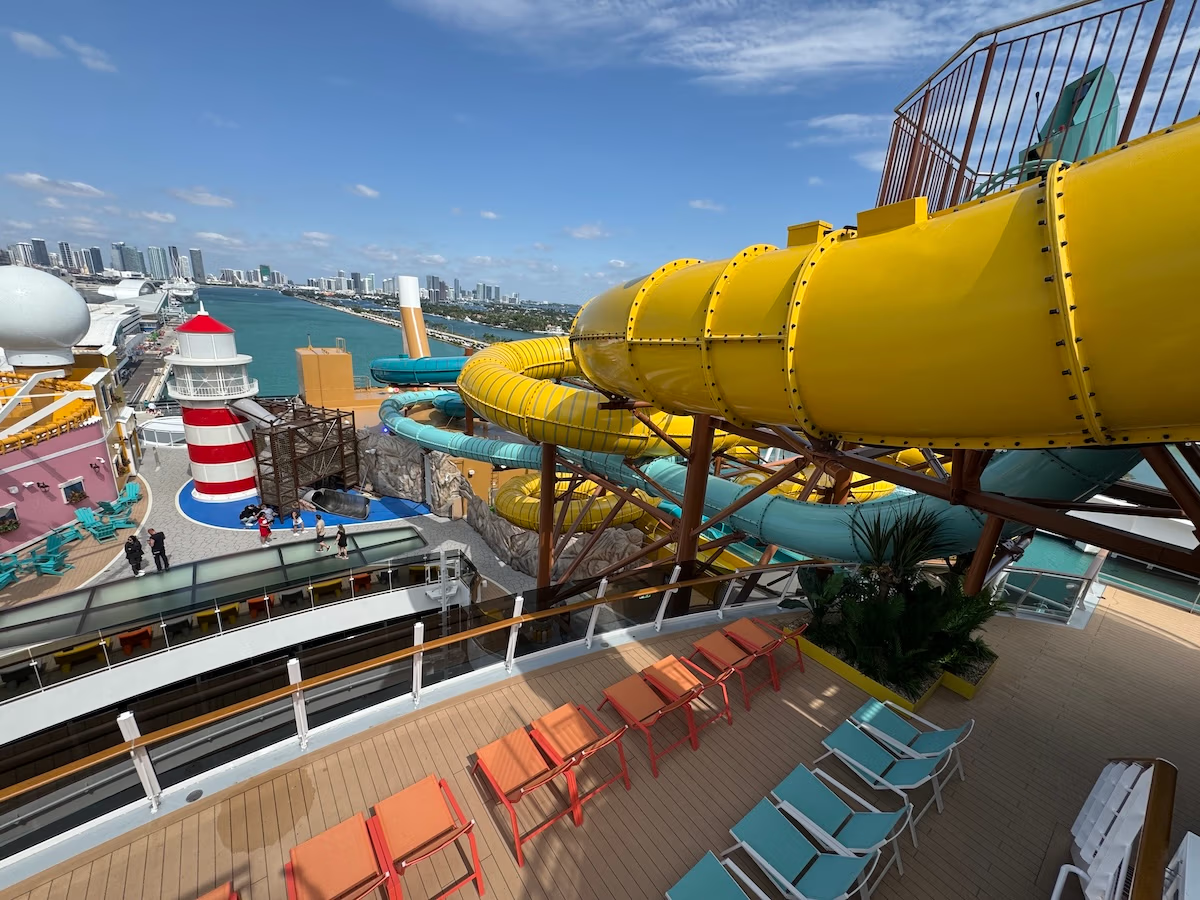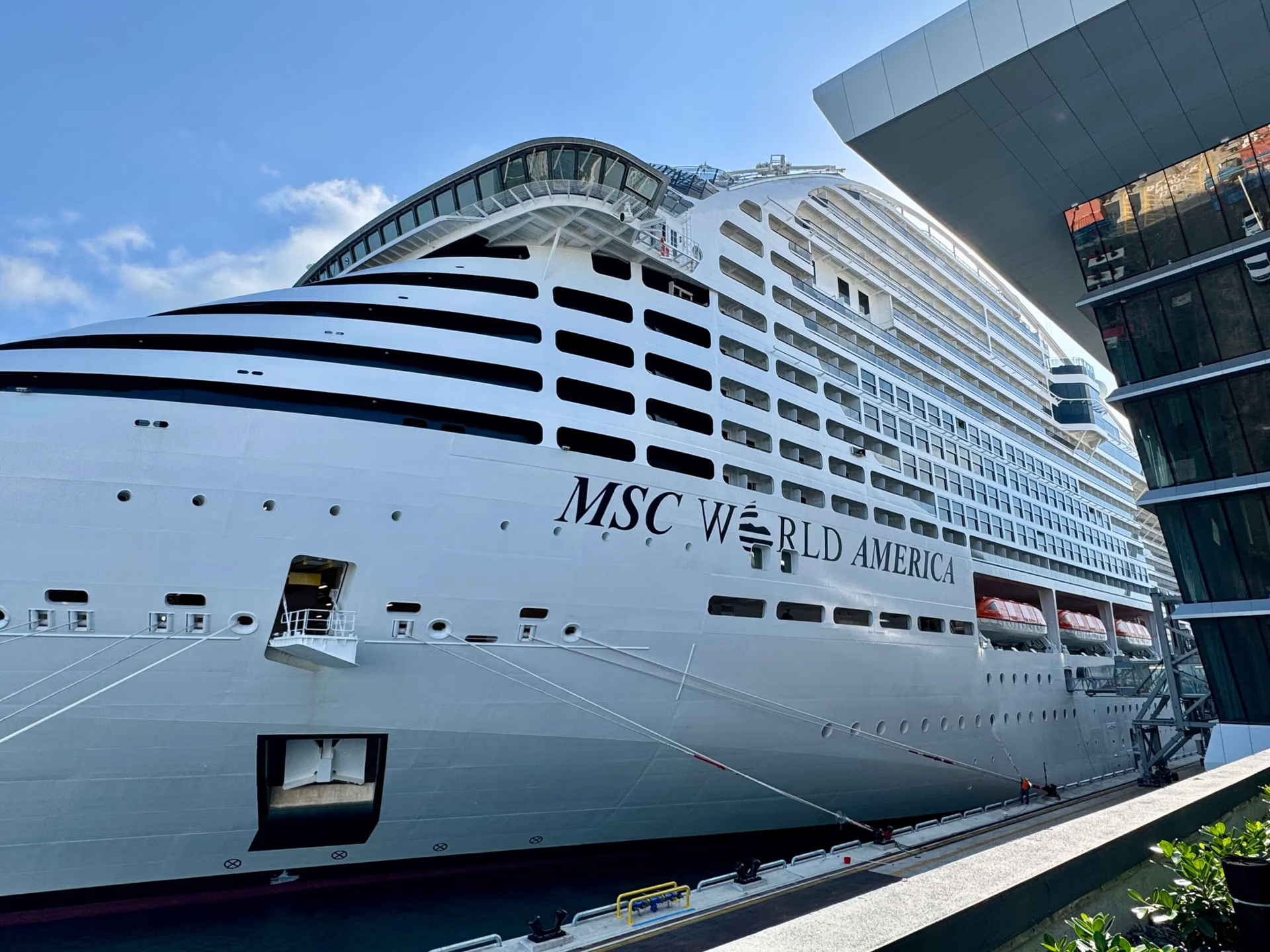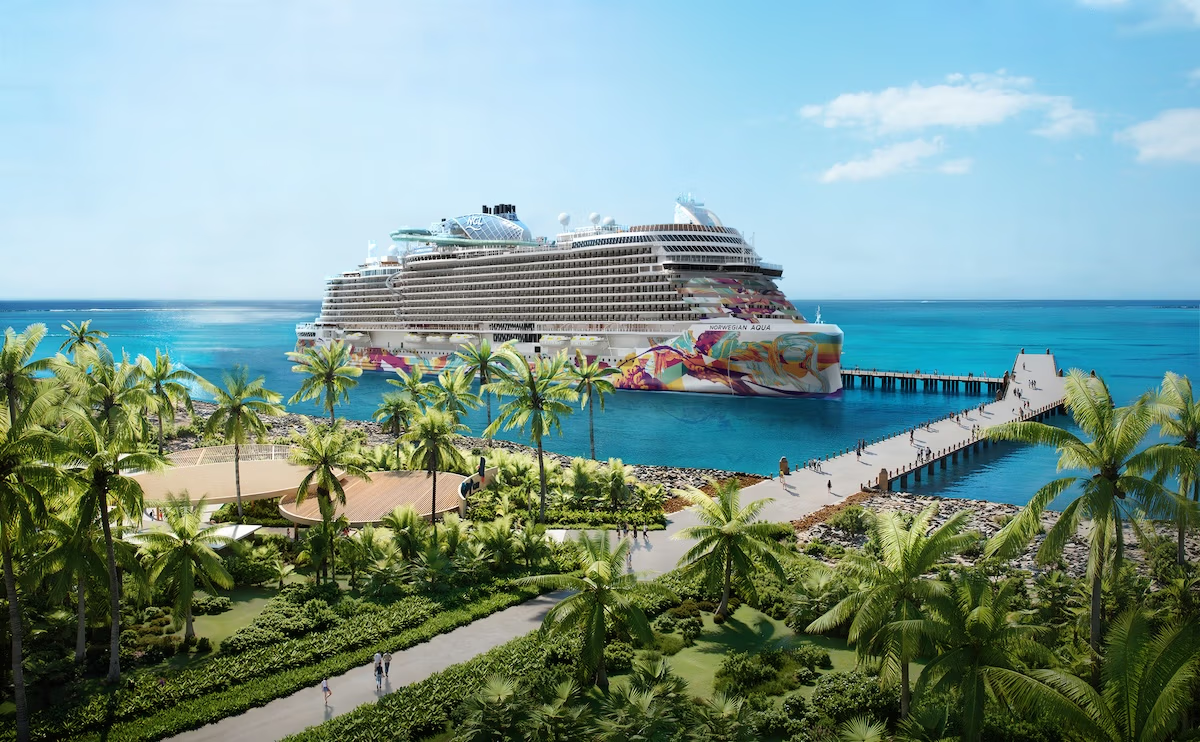Cruises can feel like sheer magic. The joy of floating about on pristine waters, the sea breeze on your cheeks, and holiday vibes in the air – the good life!

Lately, however, the cruise industry has come under the spotlight for some far less glamorous reasons.
The air pollution generated by cruise ships has become a legitimate concern. It has potential repercussions on the environment and the health of passengers and the crew.
Cruise lovers may worry about their exposure to chemicals, which can be concentrated in the exhaust and behind the smokestacks.
Toxins can also be present in other products and appliances on cruise ships, from air conditioning to cleaning supplies.
Here are some concrete steps responsible cruise owners take to manage these risks.
1. They Strive to Use Cleaner Fuels

The polluting nature of cruises is disturbing in a world already impacted by global warming. These ships generate high levels of air pollution, adding tonnes of particulate matter yearly.
Compounds like sulfur and nitrogen oxides, and CO2 have far-reaching impacts on human and environmental health.
Last year, the BBC reported how many cruises claim to be “green.” Their claim stems from their use of LNG, liquified natural gas.
While some cruise companies believe that LNG is a cleaner marine fuel, other reports disagree. LNG releases methane into the air, which can be more damaging than carbon dioxide over time.
Some stakeholders are investing in legitimately cleaner cruising fuels like hydrogen and methanol. Hurtigruten, a Norwegian cruise company, uses batteries and solar technologies to power its ships.
Hybrid engines that run on diesel and battery may help cruises clean up their act.
Presently, green fuel has scalability and availability limitations. Still, customers should prioritize companies that champion these causes.
Such cruise providers will likely use energy-efficient practices in other areas, like sewage management.
2. They Minimize Use of Products With Forever Chemicals
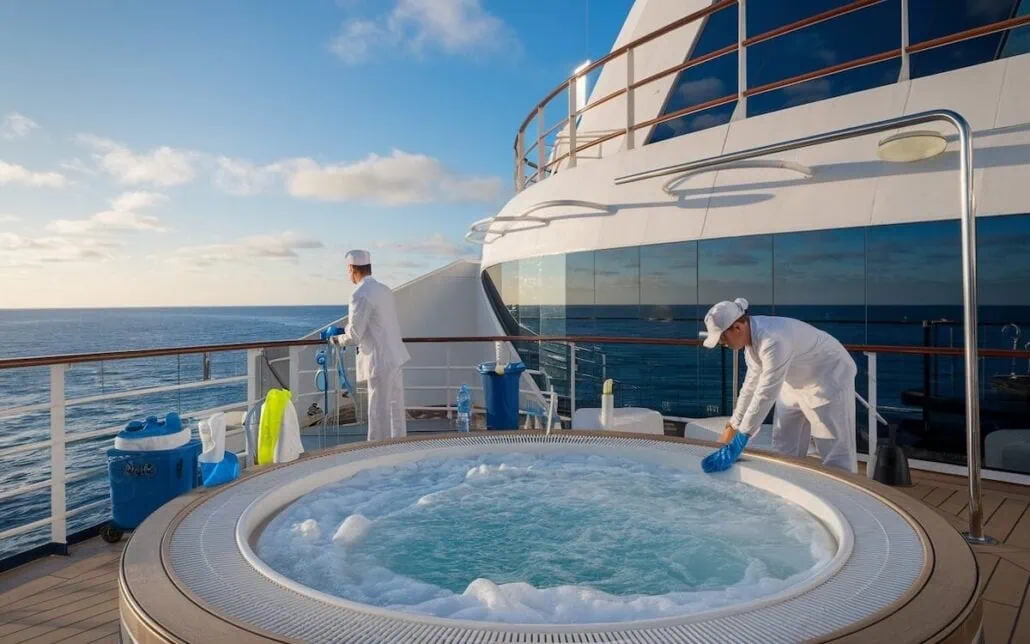
Cruises are possibly among the most luxurious travel options. Despite all the cleanliness, they might subject people and pets to health problems.
MDLinx notes that cruise guests most commonly witness gastrointestinal and respiratory infections. These conditions can spread due to the cramped nature of a ship and the socializing areas like bars and restaurants.
Many cruises use potent cleaning products to maintain high sanitization levels and avoid these issues. However, this approach has concerns, primarily the resulting exposure to dangerous chemicals.
Many disinfectants contain PFAS– chemicals known for their stain-repellent and waterproofing characteristics.
The housekeeping team may also use glass, fabric, and upholstery cleaners, all of which can contain these chemicals.
The Environment Working Group notes that these “forever” chemicals tend to bioaccumulate and can lead to severe health concerns like cancer and weakened immunity.

The ubiquitousness of these chemicals is a recognized problem. Firefighters have been exposed to them for years due to aqueous firefighting foam, which contains PFAS.
Some ships also use this solution to manage fires. Many affected firefighters have filed an AFFF lawsuit to make the manufacturers accountable. It also helps them find support for their medical treatments.
Responsible cruise owners take steps to minimize the use of toxin-containing products. In addition to cleaners and firefighting foam, PFAS may also abound in floor and furniture polishes, coatings, and air fresheners.
TruLaw notes that some manufacturers may knowingly breach the duty of care and fail to warn users of the associated risks of using their products.
Cruise managers must cautiously select toxin-free alternatives to ensure guest safety.
3. They Routinely Check HVAC Systems
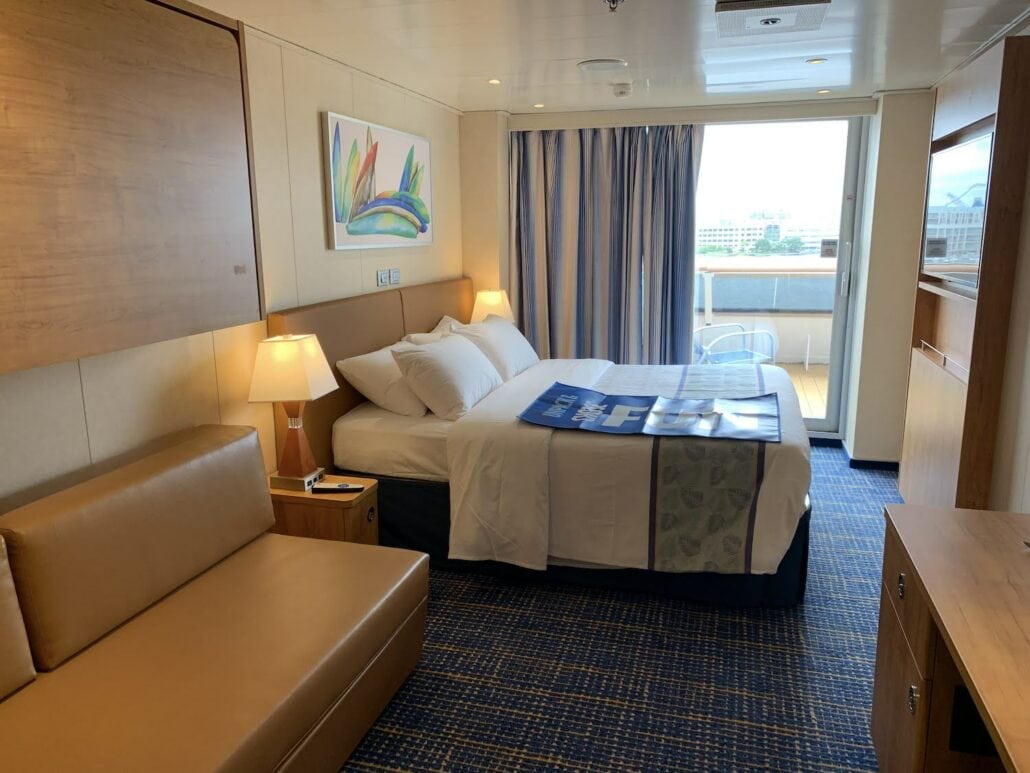
The HVAC system is crucial to help cruise ships regulate the temperature and humidity when at sea. It keeps passengers comfortable, which is integral to a satisfying holiday experience.
Its pivotal role is also in maintaining and improving indoor air quality. HVAC systems and air filters can eliminate dust particles and other contaminants.
Ventilation helps dispel stale air and prevents germs from circulating. A malfunctioning HVAC system can make people already living in close quarters susceptible to illnesses.
Responsible cruise owners ensure periodic checks of HVAC systems to keep them working optimally. Advanced steam cleaning can discourage microbial growth and also avoid contaminating the water supply.
It is crucial to monitor all the components, like misting systems and coils.
Blocked ducts or conduits can be especially problematic since airborne dust particles can affect the health of the guests and the staff. Sterilizing the duct system can keep the indoor air safe for everyone to breathe.
Tips for Guests to Stay Healthy on Cruise Ships
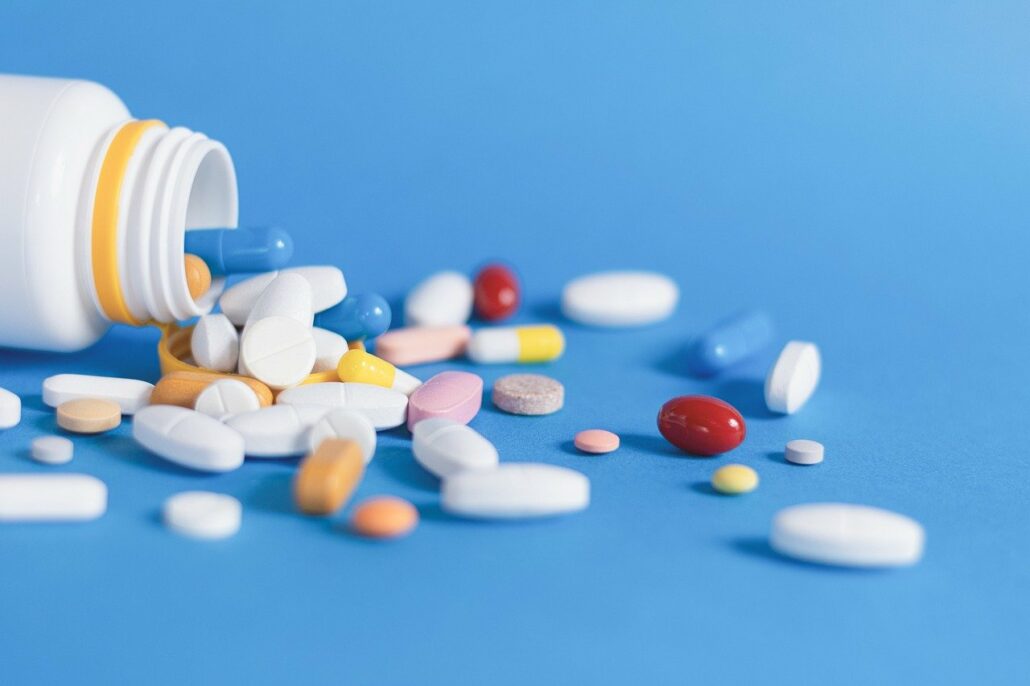
Selecting a responsible cruise is half the job done for a stress-free holiday. Even so, guests must also take responsibility for themselves and not make others vulnerable.
The CDC advises passengers to stay updated with immunizations before embarking on such a journey. You may need additional shots before a cruise, like typhoid or hepatitis A.
Concerns like sea sickness or digestive issues are common on cruises. You can tackle them by consuming a light, nourishing diet and through OTC medication.
Going easy on alcohol is highly recommended to avoid the harrowing combination of being hungover and dehydrated at sea!
If you feel ill, stay indoors to avoid spreading germs to other guests. Stay reassured that most cruises have capable medical assistance on board. Let medication run its course.
The cruise industry has been a tourist favorite for decades. It allows you to chart water routes to exotic destinations.
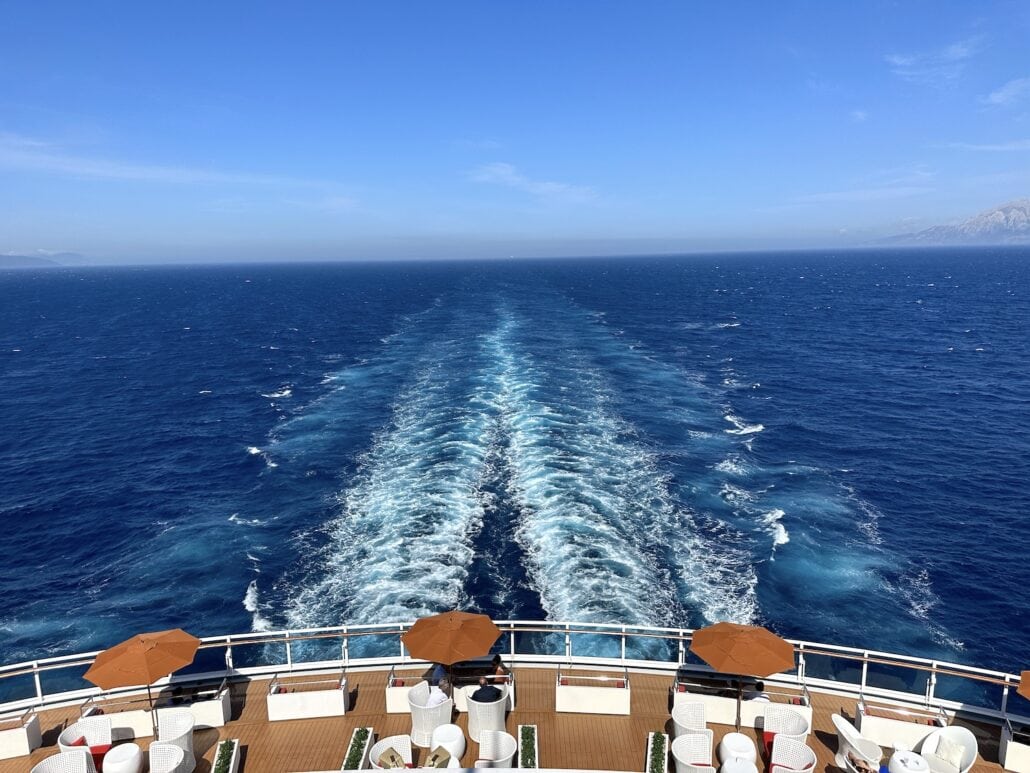
Moreover, it employs thousands of people and lets passionate hospitality enthusiasts create memorable experiences. However, we cannot ignore the alarming realities of climate change.
The cruising sector must take action to limit its environmental impact. Greener cruises may become possible in the years to come.
Until then, the least we can do as cruising aficionados is advocate for more eco-friendly practices and lower the use of harsh chemicals.


